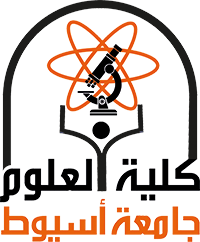Lead-free halide perovskites, particularly Cs2AgBiBr6, have gained attention as promising photocatalysts due to their excellent light absorption and tunable photo-responsive properties. However, their practical application is hindered by poor stability in aqueous media and reduced efficiency in high-water environments, where Cs2AgBiBr6 undergoes self-passivation by forming BiOBr, significantly decreasing its photocatalytic activity when water content exceeds 50 vol%. To overcome these limitations, we in situ coupled Cs2AgBiBr6 nanoplatelets (NPLs) with g-C3N4, forming a stable Cs2AgBiBr6 NPLs@g-C3N4@AgBr ternary composite in water (100 vol%). This nanocomposite demonstrated remarkable stability in water through the formation of AgBr rather than BioBr, as confirmed by various spectroscopic and diffraction techniques. The optimized 1:2 wt% ratio of Cs2AgBiBr6 to g-C3N4 leads to the highest degradation rate of Rhodamine B (RhB) of 0.082 min -1 which was 14 times greater than Cs2AgBiBr6 NPLs, g-C3N4, or AgBr alone, surpassing all previously reported Cs2AgBiBr6-based nanocomposites in both efficiency and stability. Furthermore, the scavenging action of RhB led by the heterojunction photocatalyst resulted in the elimination of 98.3 % of RhB under light. The superior photocatalytic activity of the Cs2AgBiBr6 NPLs@g-C3N4@AgBr ternary composite in aqueous media was confirmed through detailed characterization, which revealed that the formation of a dual S-scheme mechanism significantly enhances interfacial charge separation and transfer, resulting in elevated photocurrent, pronounced photoluminescence quenching, and minimized charge transfer resistance. In addition, this ternary composite exhibited robust environmental stability, preserving its crystallinity and morphology after 6 months of air exposure, while maintaining consistent photocatalytic performance across 4 successive cycles in aqueous conditions. Thus, the present results introduce a novel strategy for stabilizing halide perovskites in high water content, expanding their potential for photocatalytic applications in environmental remediation and sustainable energy solutions.
Research Abstract
Research Date
Research Department
Research Journal
Journal of Industrial and Engineering Chemistry
Research Member
Research Publisher
Elsevier.
Research Rank
Q1
Research Website
https://www.sciencedirect.com/science/article/pii/S1226086X25005052
Research Year
2025

